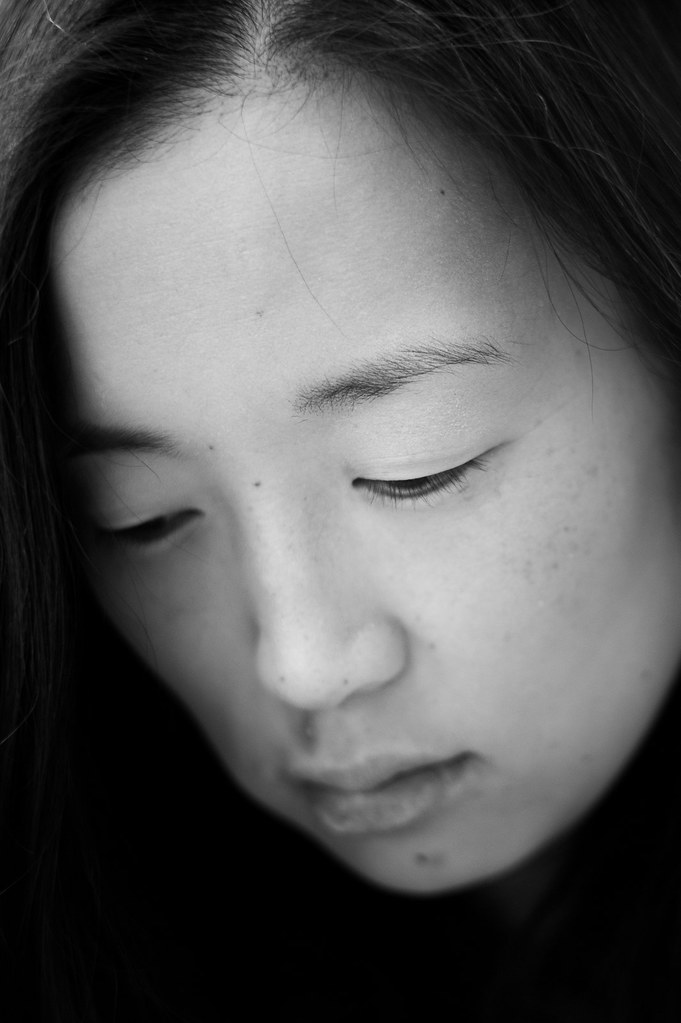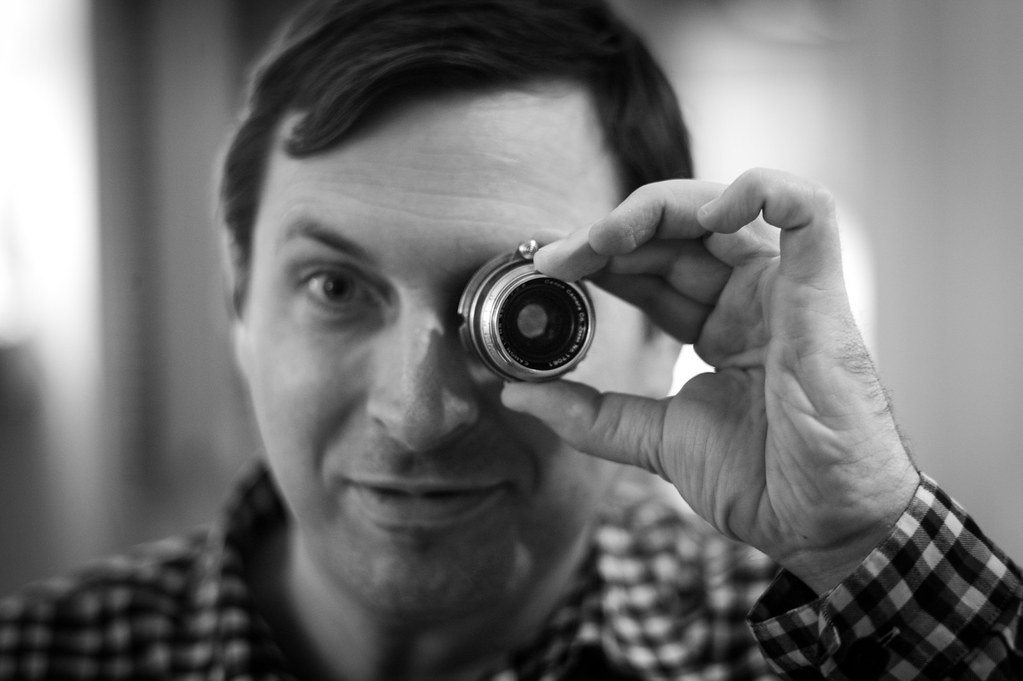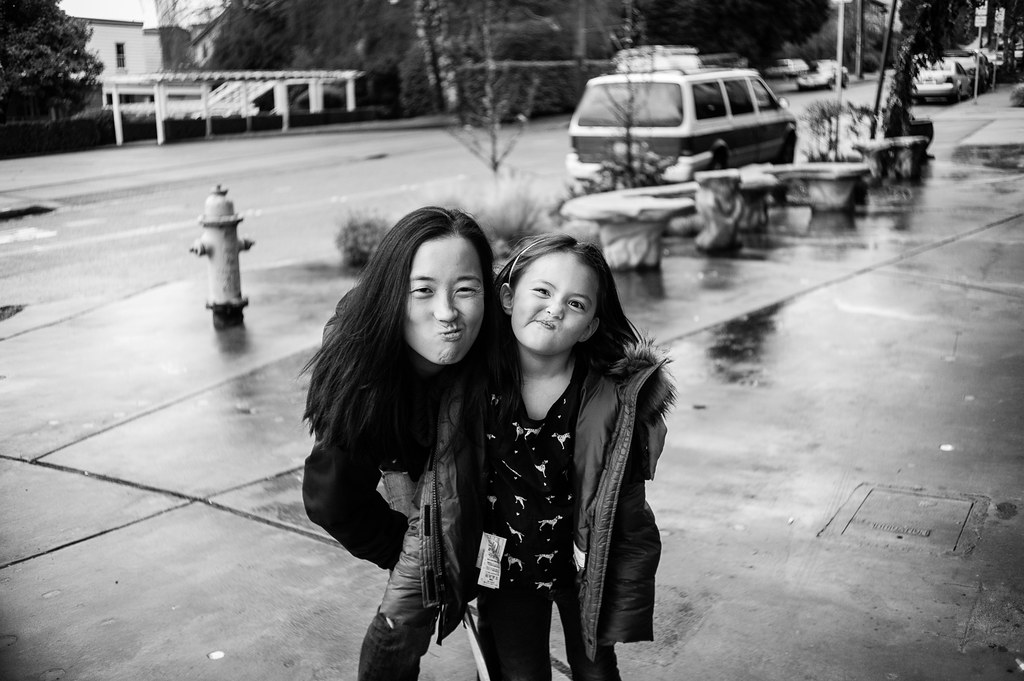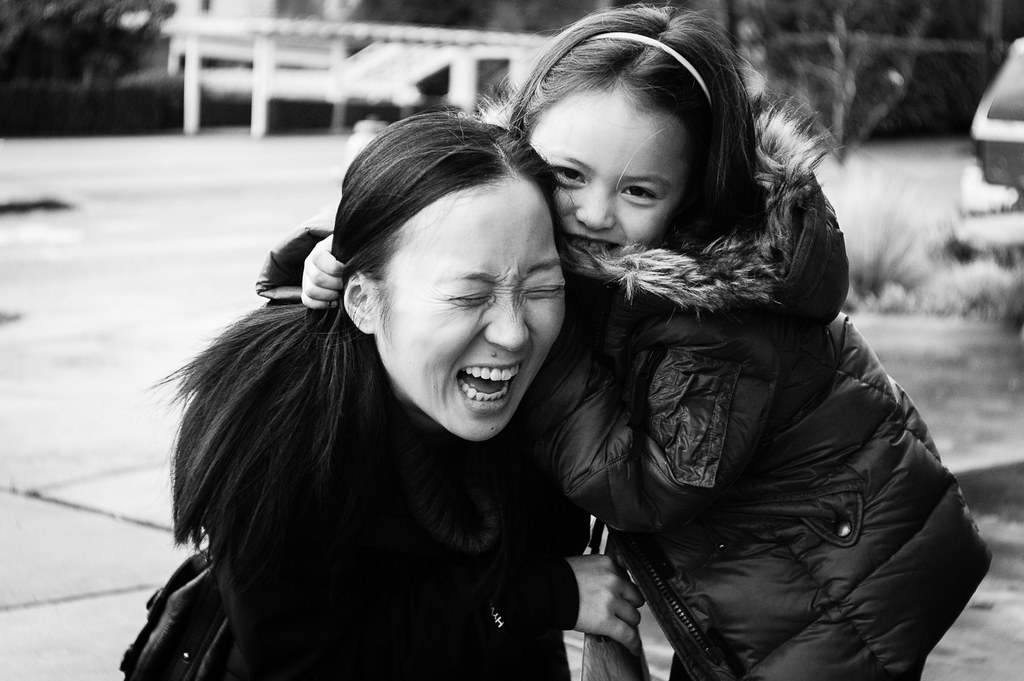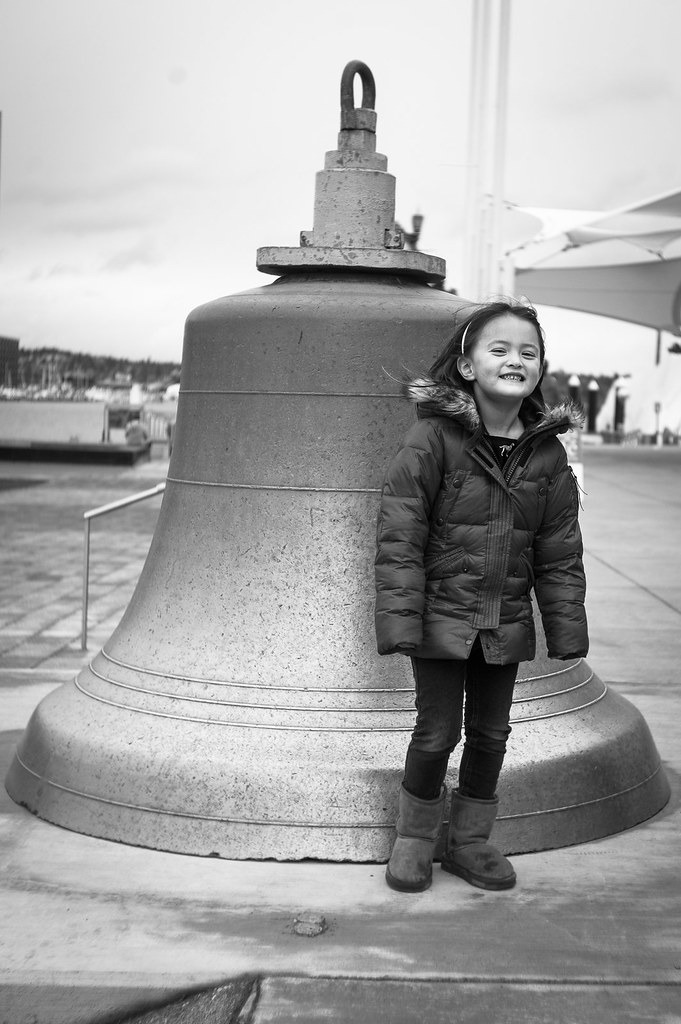Mitch--
You offer some excellent observations here and your technique is not dissimilar from my own methods for working with film. It is an implementation of the Zone System, of sorts. In your first two examples, had I been shooting those scenes with Tri-X, I would have rated the film at EI 200 and reduced (pulled) the development time by 10%.
For the 2nd frame (Kandy, girl in bright sunlight) I would also have used a medium yellow filter to better render the sky.
The third image is where I see the limits of the M Monochrom. I find the noise only in the shadows problematic. I don't use software plug-ins such as Silver EFX or Alien Skin but I wonder if an added effect/action might even out the texture across the entire frame.
In this third image, had I been shooting Tri-X I would have rated the film at EI 100 and reduced the development time by 20%.
In many of the sample images from the M Monochrom at elevated ISO ratings, I am seeing the typical associated reduction of dynamic range which in film equates to length of the gray scale. I appreciate the relative lack of noise exhibited by the M Monochrom, particularly compared to the M9 (the characteristics of which I am still learning). However it can be said in general for all digicams that amplifying the native ISO rating results in a loss of dynamic range and a corresponding increase in noise.
I see this well illustrated with your first image rated at the native ISO of 320 and your third image at an amplified rating of EI 2500.
Thank you for sharing these excellent and entertaining images.
--Steve






